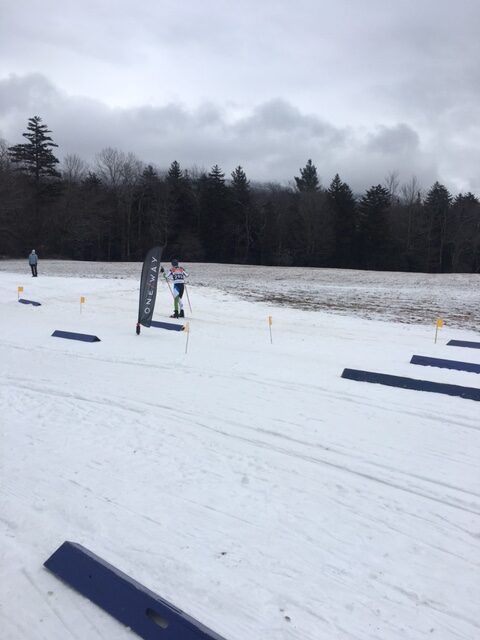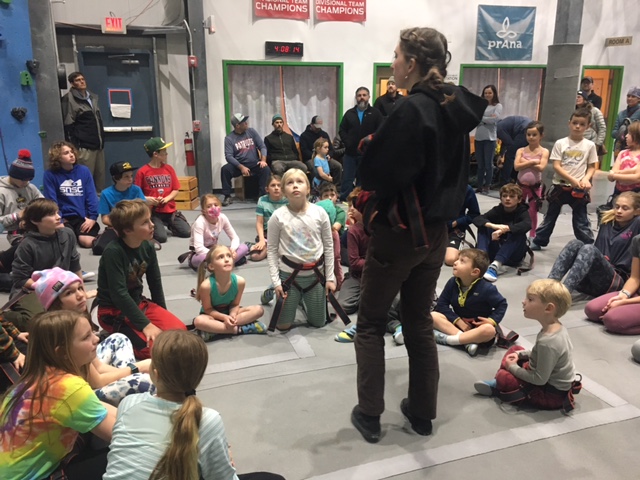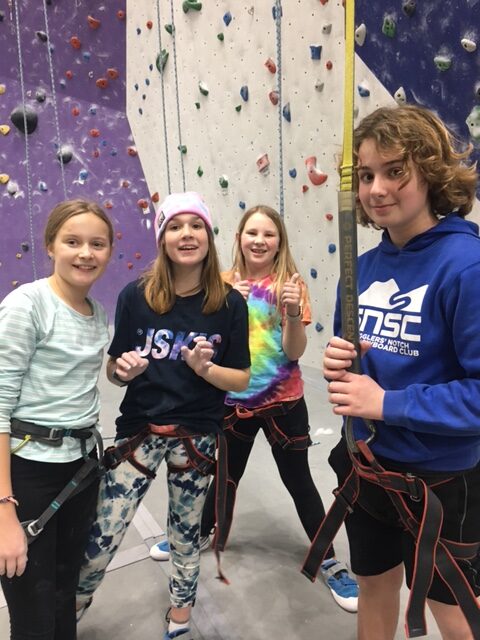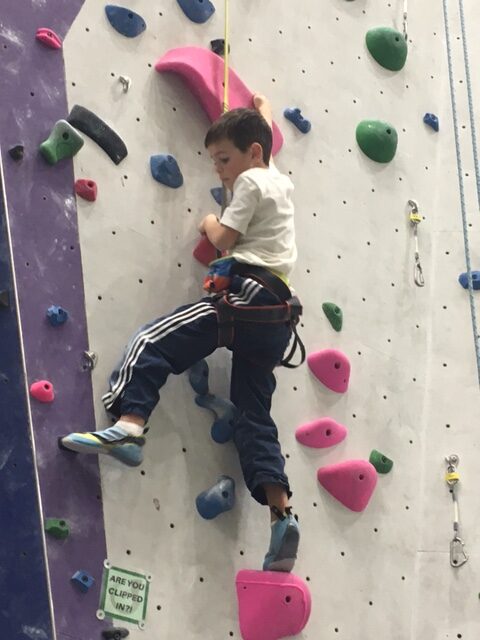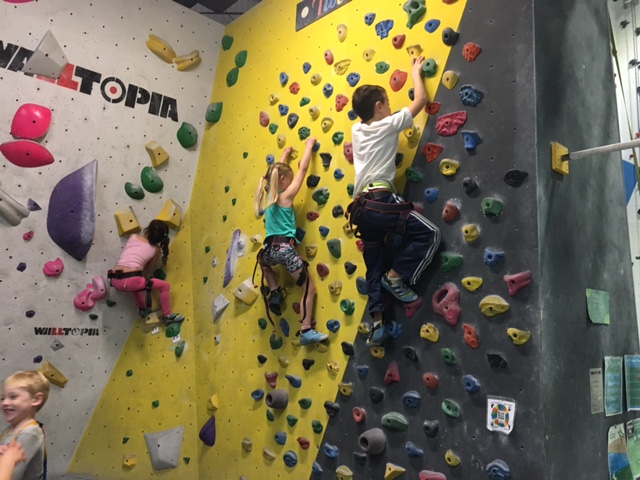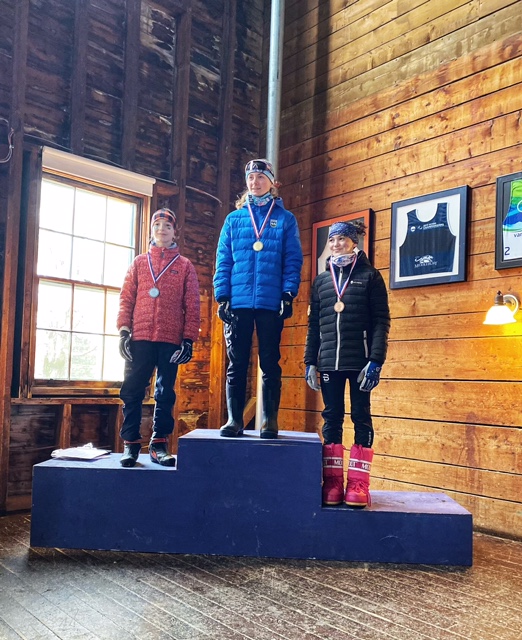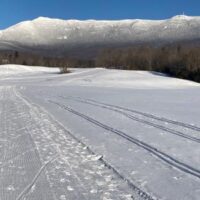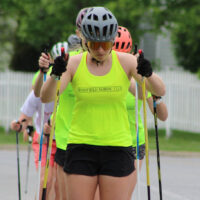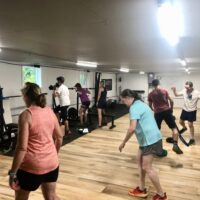Hurray for cold and a little more snow! This week we’ll be at the Range!
Tuesday, 1/17: The Range!
Important: Check in as EABC. Adults need their Driver’s License. Please go no more than 25 MPH on base.
Penguins: Classic
Jack Rabbits, Arctic Foxes, Racers & Devos: SKATE
**Racers and others who have rock skis- bring them for games on the fields in addition to your regular skis.
Thursday, 1/19: The Range!
Jack Rabbits, Arctic Foxes, Racers & Devos: SKATE
1/22 Sunday Racers: Mad River Scramble is ON!
Sign-up HERE to let me know you are coming & to get any email updates. Registration link below.
Plan to arrive 1 hour before your race start. Coach Rosemary will be there to help preview the course, etc.
Mad River BKL Race and Fun!
Sunday, January 22th
12:30 PM – 2:15 PM
Welcome North West Vermont (NWVT) BKL skiers! We are excited to be hosting the Mad River BKL event at Blueberry Lake Cross Country Ski and Snowshoe Center—an age based wave start freestyle race except for lollipoppers and 1st/2nd Grade who will be skiing a classic race.
Blueberry Lake XC and Snowshoe Center
424 Plunkton Road
Warren, VT 05674
Registration:
Online registration is open until Friday January 20 at 9:00 pm (click the link below). Day of registration and bib pick up is open Sunday, January 22th from 11:30 AM – 1:15PM. Registration will close an hour before the scheduled start. Cost is $6 per skier. No charge for lollipoppers (K/Pre-K). All registration payments will be in person on January 22nd – cash or check.
Volunteers Needed: We need volunteers to help with various jobs, please sign up if you can help.
Race Technique & Course: The race technique will be freestyle (skate) except for lollipoppers and 1st/2nd Grade who will be skiing a classic race. Start format will be a wave start for each age group. Race course TBD.
12:30 PM – Lollipop (Kindergarten/pre-K) ~.5km
12:45 PM – Grades 1/2 ~1km
1:15 PM – Grades 3/4 ~ 2km
1:45 PM – Grades 5/6 ~3km
2:15 PM – Grades 7/8 ~4k
Results & Awards
Awards will happen in the finish area immediately following each race. Participants will receive a ribbon and a treat.
Questions? Contact the Race Director, Justin Beckwith justin@nensa.net


